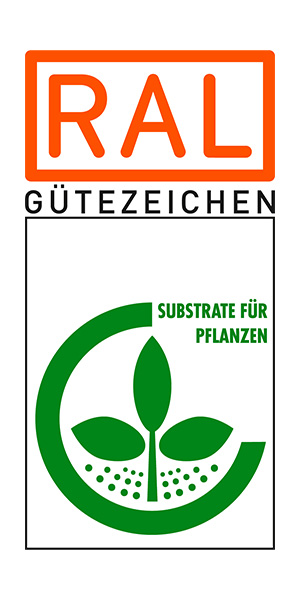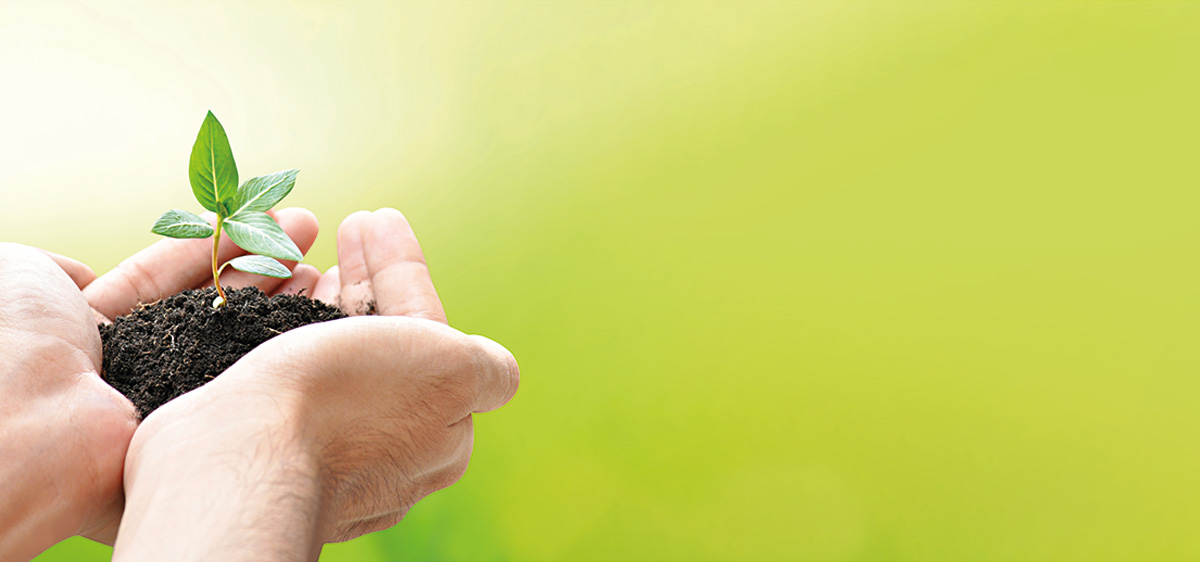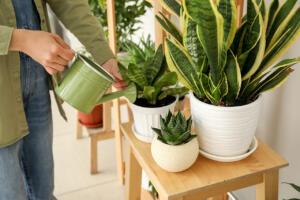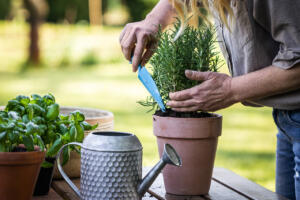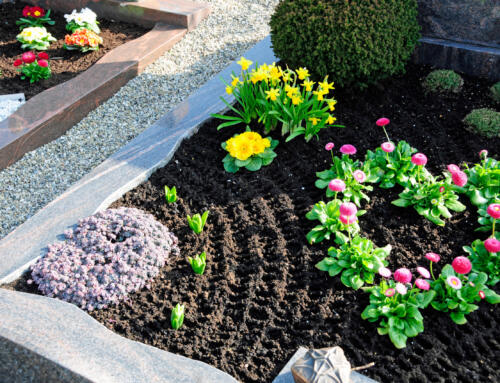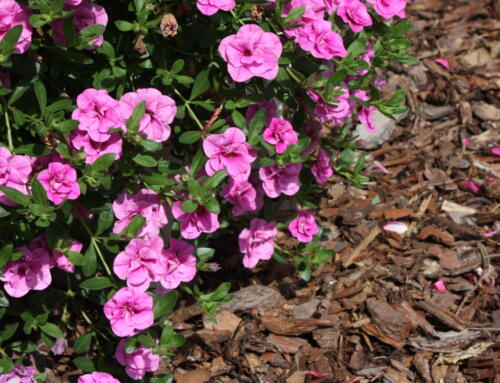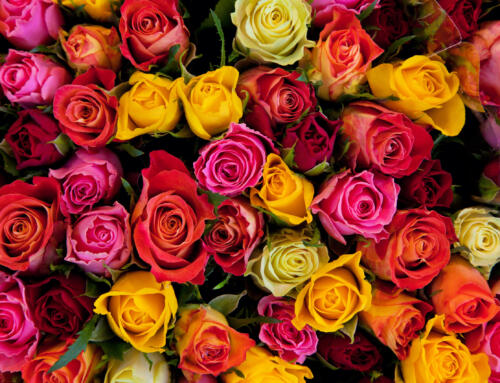For decades, horticultural soils (substrates) have mainly consisted of peat, as this has many favourable properties. New peat-free and peat-reduced soil formulations attempt to achieve this ideal with the help of alternative raw materials. Quality of the raw materials used (wood fibres, green waste compost, bark humus or coconut products) is particularly important here, as this also influences the nutrient supply, pH value and plant compatibility, among other things. The mixture of different peat substitutes also affects the appearance and structure of peat-free soils. They are usually lighter in colour and coarser than classic peat substrates.
What do I have to consider when handling peat-free soil?
Irrigation
Make sure you have a sufficient water supply! Peat-free soils can store less water per watering process than peat-based substrates. This is due to the coarser structure and lower water retention capacity of the alternative base materials. Therefore, always water the soil ball thoroughly. If necessary, repeat this several times a day during a hot weather period. As a rule of thumb, the smaller the planter, the more often it needs to be watered.
Tip: The well-tried finger test should be deeper than usual, as the surface of peat-free soil dries out much faster than the deeper layers and therefore often gives a false impression. For smaller pots, lifting them can quickly determine whether they need to be watered again. A drainage layer of clay or pumice granules protects outdoor plants in particular from waterlogging after a downpour or accidental overwatering.
Fertilisation with peat-free soil
Due to the addition of compost, the plant nutrients phosphorus and potassium are usually generously contained in peat-free soils. Other raw materials such as wood fibres tend to bind nitrogen. This is compensated by a nitrogen fertiliser during production.
Tip: Fertilise in good time and regularly with a nitrogen-rich liquid fertiliser or add a nitrogen-rich slow-release fertiliser (e.g. horn grit / horn shavings, sheep’s wool pellets) to the planting hole when planting. Follow the fertiliser instructions on the packaging.
Potting
Peat-free soils often contain a high proportion of wood fibres, which will sink in over time. After a few weeks, the filling level of the pot will be lower than intended.
Tip: When potting or repotting in planters, you should bear in mind that the substrate will settle over time – more than you are used to with peat-based soils. Fill the container with soil to just below the rim and compact it by pressing it down firmly. Repeat this step until the desired filling level is reached (don’t forget to include a watering rim!).
Storage of peat-free soil
Peat-free and peat-reduced soils should be used as soon as possible after purchase, as the substrate properties can change over time. Opened substrate bags should always be stored in a cool, dry, well-sealed and dark place.
Under what circumstances can mould and odours develop?
If it is warm and humid in the packaging bag for a long period of time, the spores of beneficial fungi that occur naturally on all organic materials will germinate. These decomposers of dead organic material may be recognisable as a white fungal network on the surface of the substrate. Living plant parts are usually not attacked by the fungi.
Tip: The visible white fungal network disappears when the soil is loosened and processed.
In the case of organically fertilised potting soil (“organic potting soil”), a temporary odour may develop in the packaging bag over time. This indicates that the microorganisms have already started to convert the organic fertiliser contained in the substrate. This is a desirable and necessary process to make the nutrients available to the plants.
Tip: Loosen the soil a little and leave it to air for three days: The odour will dissipate and no new odour will develop.
Have you ever had problems with fungus gnats?
Fungus gnats are small, black flies that multiply rapidly in permanently moist potting soil. The higher the proportion of easily degradable organic matter in the substrate, the more attractive it becomes for the animals.
Tip: To prevent infestation, you should always allow the potting soil to dry out on the surface before the next watering. A 2 cm thick layer of non-organic material (e.g. clay or pumice granules for houseplants, vermiculite or quartz sand for seedlings) on the surface of the soil also makes it more difficult for fungus gnats to lay their eggs.
